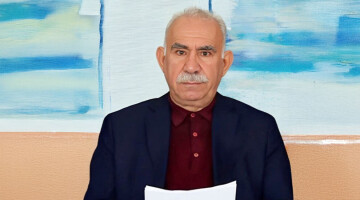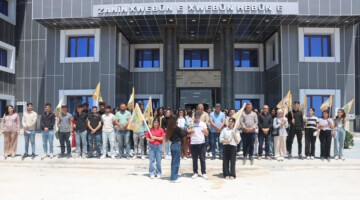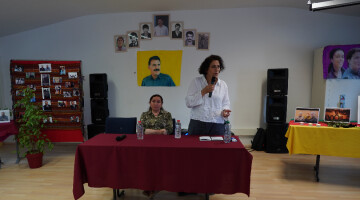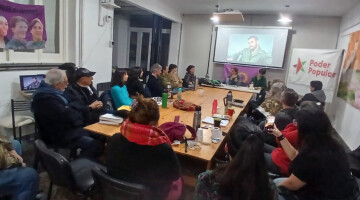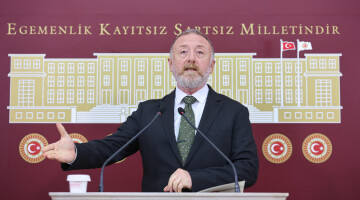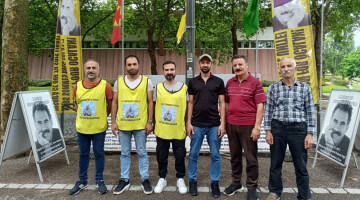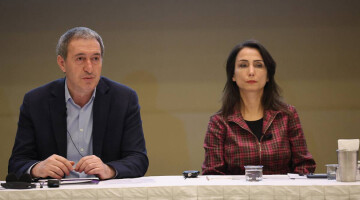Within the scope of the investigation into the murder of Sakine Cansız, Fidan Doğan and Leyla Şaylemez in Paris on 9 January 2013, the prosecutor's office in the French capital has requested on July 9 the referral of the sole suspect, Ömer Güney, to a criminal court.
According to a report published by AFP based on judicial sources close to the dossier, the investigators, without having been able to demonstrate, suspect MIT, the Turkish secret service, of involvement, as well as instigation and preparation of assassinations.
"Ömer Güney was proved to be involved in espionage activities, to have contacts with individuals in Turkey, and to have included the participation of a member of the MIT in his foiled plan of escape from prison during the investigation", detailed the source.
However, the investigation did not establish if agents of the MIT have participated in these facts in a formal way, with the approval of their superiors or without the knowledge of their service in order to discredit or undermine the peace process.
Antoine Comte, a lawyer for the families of victims, said in a statement to AFP that the demand of the public prosecutor constitutes a fair analysis by the investigating bodies. Comte, however, commented the failure of further progress in the investigation for the establishment of those behind the murders as saddening.
Sakine Cansız, a co-founder of the PKK (Kurdistan Worker's Party), KNK (Kurdistan National Congress) Paris Representative Fidan Doğan and Kurdish Youth Movement member Leyla Şaylemez were assassinated at the Kurdistan Information Centre in the heart of Paris on 9 January, 2013.
All the details and information revealed so far carry the traces of the murders to the Turkish capital Ankara.
An audio tape which contained the voice of Ömer Güney, who had infiltrated the Kurdish movement, talking to two Turkish intelligence operatives, was put on the internet on 12 January 2014, three days after the first anniversary of the murders.
The assassin, whose family had MIT (Turkish intelligence) links, discussed his activities in Paris, how he would eradicate his targets and the required money and weapons.
Two days later, a revealed document dated 18 November 2012 named various intelligence operatives and mentioned 6,000 Euros for ‘possible expenses’. In addition to Sakine Cansız KNK Executive Council member Adem Uzun was also mentioned in the document and attention was drawn to the fact that Sakine Cansız came to Paris a few days after Adem Uzun’s arrest on 6 October 2012 in a scandalous operation.
The joint conspiracy by French and Turkish intelligence against Uzun only emerged during the investigation into the murder of the three women, and he was released on 9 August 2013, with the French justice system accepting that ‘evidence had been illegally gathered’.
An investigation is also being carried out by prosecutors in Ankara, but they refuse to share information regarding the assassin with Paris.
Both French intelligence and Turkish intelligence are refusing to tell the French prosecutor what they know. In Turkey efforts are being made to prevent the MIT being accused of involvement.
In April of 2015, the French government partially lifted restrictions on the publication of intelligence reports.
39 documents from the Internal Security organisation, DGSI, and 7 documents from the External Security organisation, DGSE, had been redacted.

